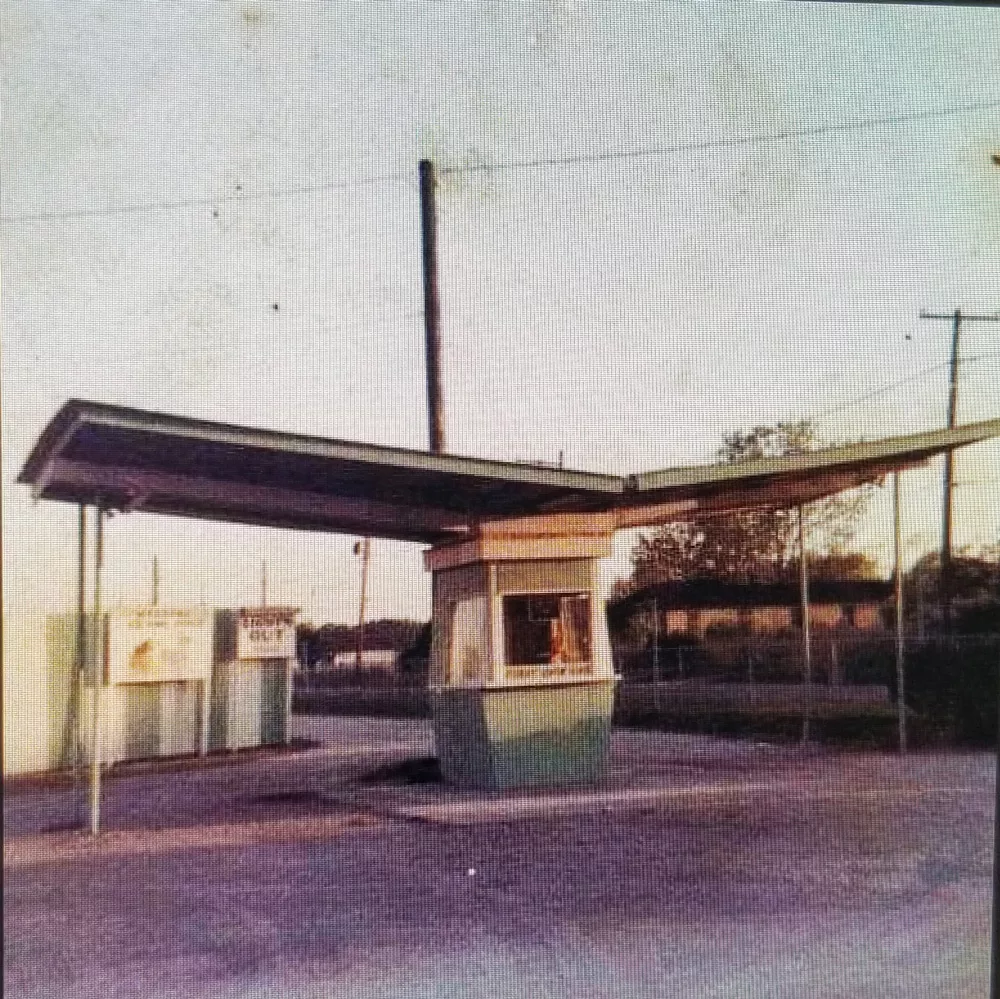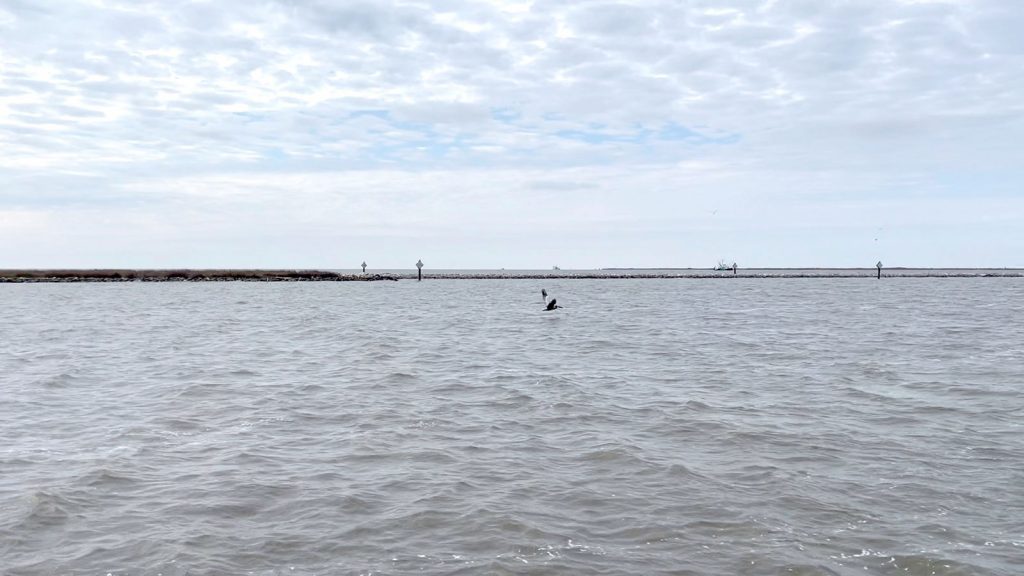Thunder Bowl

Brandon Thomas Staff Some remember it as the Sugar Bowl, some remember it as Hickory Lanes and at the end of its life, it went by Thunder Bowl Snack Bar. Regardless of the building’s namesake, it’d be hard to find a Thibodaux native who hasn’t been to the bowling alley on Hickory Street. Serving the community since at least the 1960s, Thunder Bowl has served as not only a bowling alley but also a snack shop. They served hot dogs, pizza, and other quick meals. “[Thunder Bowl was] a great place for all ages in the ’60s,” says former Thunder Bowl patron Wayne Talbot. “For bowling, socializing, and good food…it was a place where parents could feel secure allowing their children to be with friends, whether in league bowling, on a date, or gathering after other functions.” Players who bowled a perfect game had their names placed above the respective lane where they bowled a 300. Thibodaux native and former Thunder Bowl bowling league member Kenny Lirette says, “The best experience I had was the night that I bowled a 300…We got to meet different people in the community and have a good time.” Located at 201 Hickory Street Thunder Bowl Snack Bar was permanently closed in 2018 and will soon serve as the new home to Salon Moxie hair studio. Sugar Lanes- “Weenie” Borne Sugar Lanes Thunder Bowl 2010 Thunder Bowl Building
Houma Drive-In

Victoria Davis-Abad Staff The Houma Drive-In Theater operated from June 30, 1950 into the 1980s and could accommodate 300 cars, according to the Cinema Treasures website. The theater was owned by the Bijou Amusement Company, a movie theater business headquartered in Nashville, Tennessee. The drive-in theater closed in 1980 and was replaced with a Thibodaux-based Rouses supermarket. Houma Drive-In Ticket Booth Drive-In Easter Egg Hunt Cable Speakers for Drive-In Houma Drive-In News Article Late Houma Drive-In, now Rouses Market Abandoned Houma Drive-In, 1980s A Houma Drive-In movie schedule in a 1950s local newspaper. more movie coverage
The Lost Bayou: Youth Culture

Jordyn Voisin Features Editor For the more than 900,000 teenagers and young adults in South Louisiana’s Bayou Region, much of the thriving youth culture scene of past decades has disappeared. Bars, clubs, entertainment, and hangouts are now few and far between. “My friends and I would always go to the skating rink for lock-ins to have a good time; but now it has been converted into some apartment buildings and a church,” says Rebecca Davis, who grew up in Morgan City in the ’80s. “There isn’t much now for our grandchildren to do.” “There isn’t much now for our grandchildren to do.” Rebecca Davis The skating rink was called the Skate Connection and it is just one rink out of 30 in the Bayou Region that has closed or been renovated into something new. Gordon Vinning, who grew up in Patterson and has been a DJ since 1989, says his favorite activity growing up was playing “tag” with his friends, driving around in their beat-up old pickups and using CB radios to find each other. “[It was] a unique group of kids that just wanted to have fun, cut up, and be kids,” he says. “It didn’t matter what school you came from, what background you had or how much money you had, the CB club was made up of kids from all walks of life.” The CB Club inspired Vinning to become a DJ where he played in some of the bars and clubs that no longer exist. Vinning says one reason for some of the bar closures is the shift in the type of music that bar owners made the DJ’s play. In the ’90s, DJ’s would play more than one type of music so everyone in the crowd, no matter their age, could have a good time. But over the years, he says he was only allowed to play the newer music for the younger crowd. “When there is no older crowd, there is less revenue entering the establishment because most college aged kids don’t have much money,” Vinning says. According to the U.S. Census, Louisiana’s population ages 5 to 34 has only decreased 1 percent in the last 10 years. And with nearly 929,000 still in the Bayou Region, youth culture still exists, just not the physical places they once gathered. What Happened? Stephanie Baran, a sociology professor at Nicholls State University, says much like the Industrial Revolution in the 1800s, the loss of youth activities can be connected to the ebb and flow of supply and demand. Baran says the shift that we’re seeing of people moving to bigger places for “stuff to do, people to meet and things to see.” “[It’s not so different from] the Industrial Revolution when the agricultural workers were moving to the cities for higher paying jobs,” Baran says. “This shift we’re seeing now is just sort of a digital version.” History has shown that people move to larger cities for more job opportunities. Likewise, the digital shift in today’s world has caused many millennials to move to bigger cities where there are more things to do, she says. “Economics are the main driver as to why some of these places no longer exist.” In this issue of Garde Voir Ci, the Lost Bayou series will revisit the lost places of youth culture in the Bayou Region. Lee Brothers Dance Hall Abandoned Skateland Bingo (Skateland U.S.A.) Downtown Thibodaux early 1900s Pharmacy in Downtown Thibodaux, 1930s Last Call in Downtown Thibodaux Park Pavilion Safari Club The Safari Club after the fire
